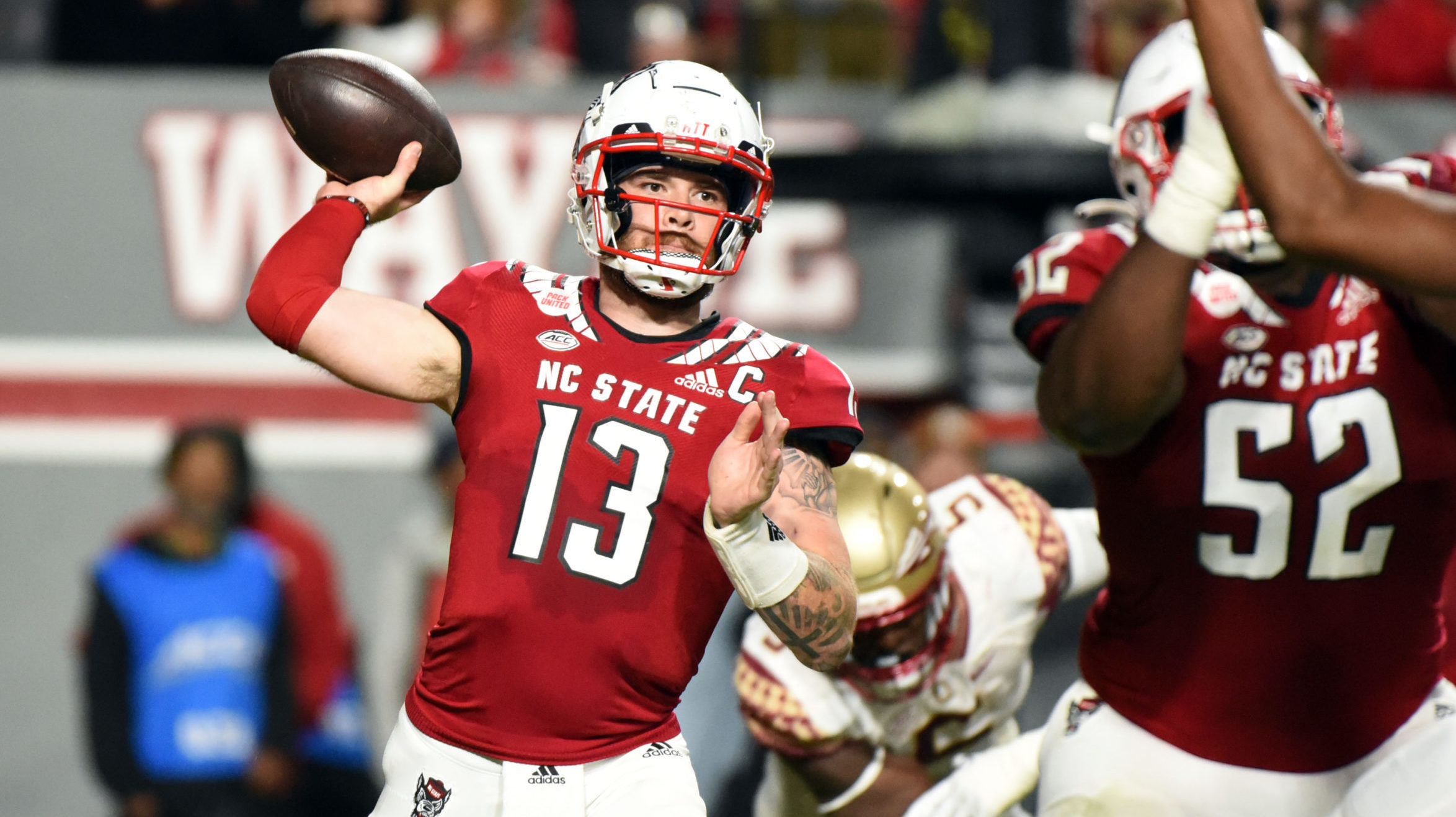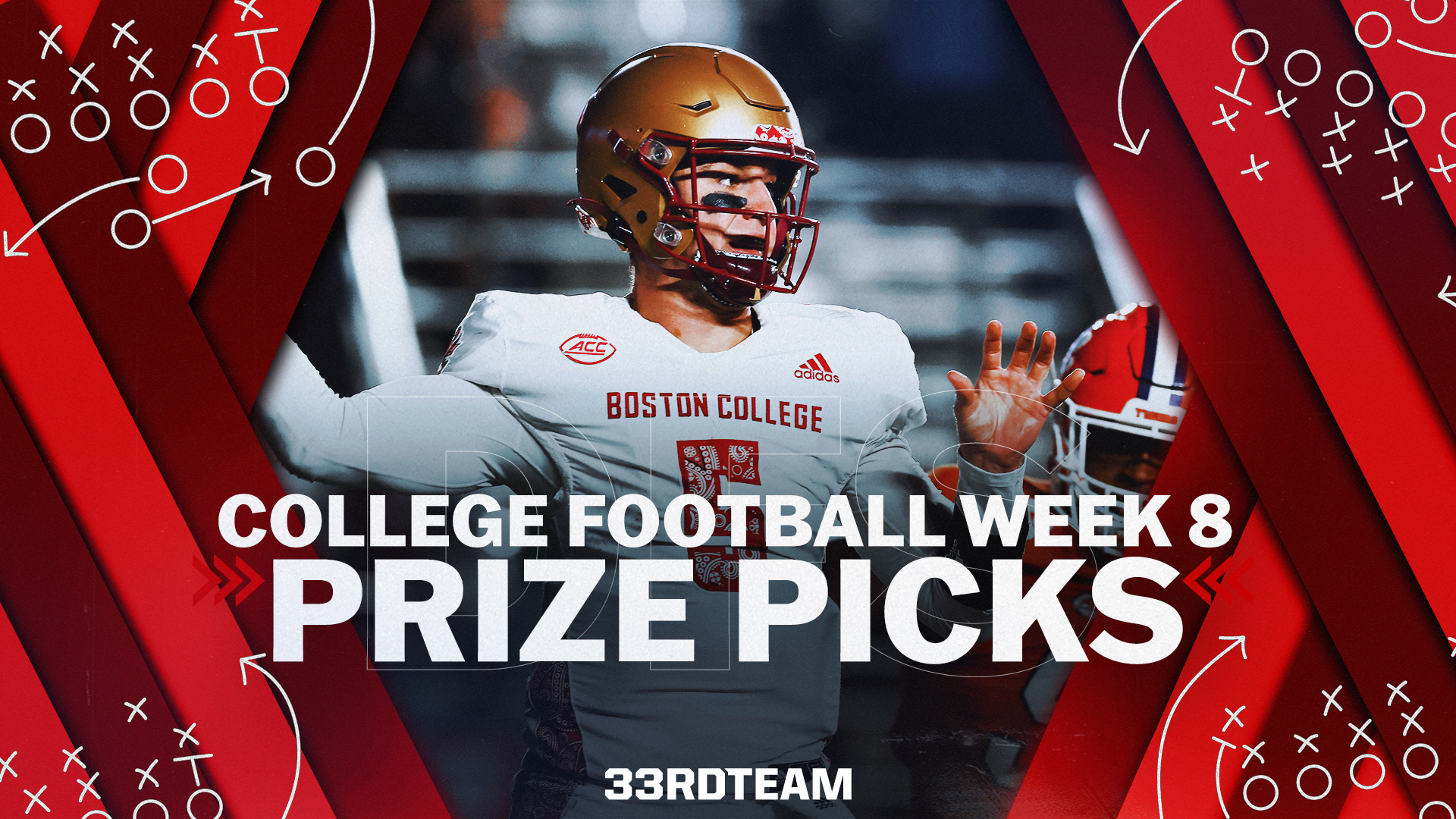Phil Jurkovec
-
2023 Transfer Portal: Most Impactful Quarterbacks on the Move
Since its inception in 2018, the transfer portal has revolutionized college football, and no position…
-
Week 8 College Football PrizePicks Player Props
Week 8 of college football season is upon us. Over on PrizePicks, there are some…
Loading...




